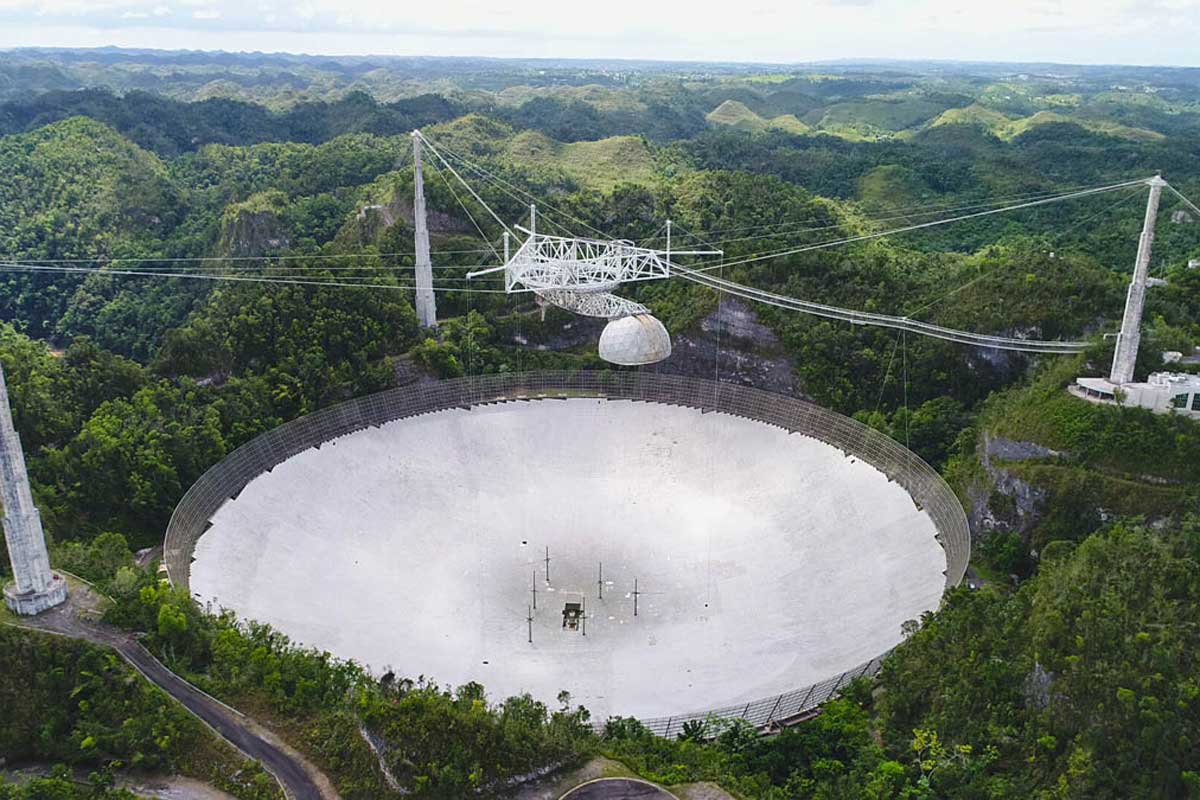
New research shows that there are variations in how white dwarfs explode.
Continue reading

New research by a team of Japanese climatologists and an astronomer shows how astronomical forces have caused major changes in Earth's climate.
Continue reading

For the first time, a team of astronomers has imaged the radiation belt of an object from beyond the Solar System.
Continue reading

When the Arecibo Telescope collapsed in 2020, astronomers lost one of the world's most powerful radio telescopes. A team of astronomers wants to resurrect the mighty telescope with the Next Generation Arecibo Telescope.
Continue reading

Astronomers have witnessed the most powerful supernova on record, which could provide insight into the forces that shape galaxies.
Continue reading

Scientists know how quickly dust builds up and allows them to measure in Saturn's rings, and it points to a recent formation.
Continue reading

Using data from the ESA's Trace Gas Orbiter (TGO), new research shows that organic material on Mars may not be an indication of past life.
Continue reading




















